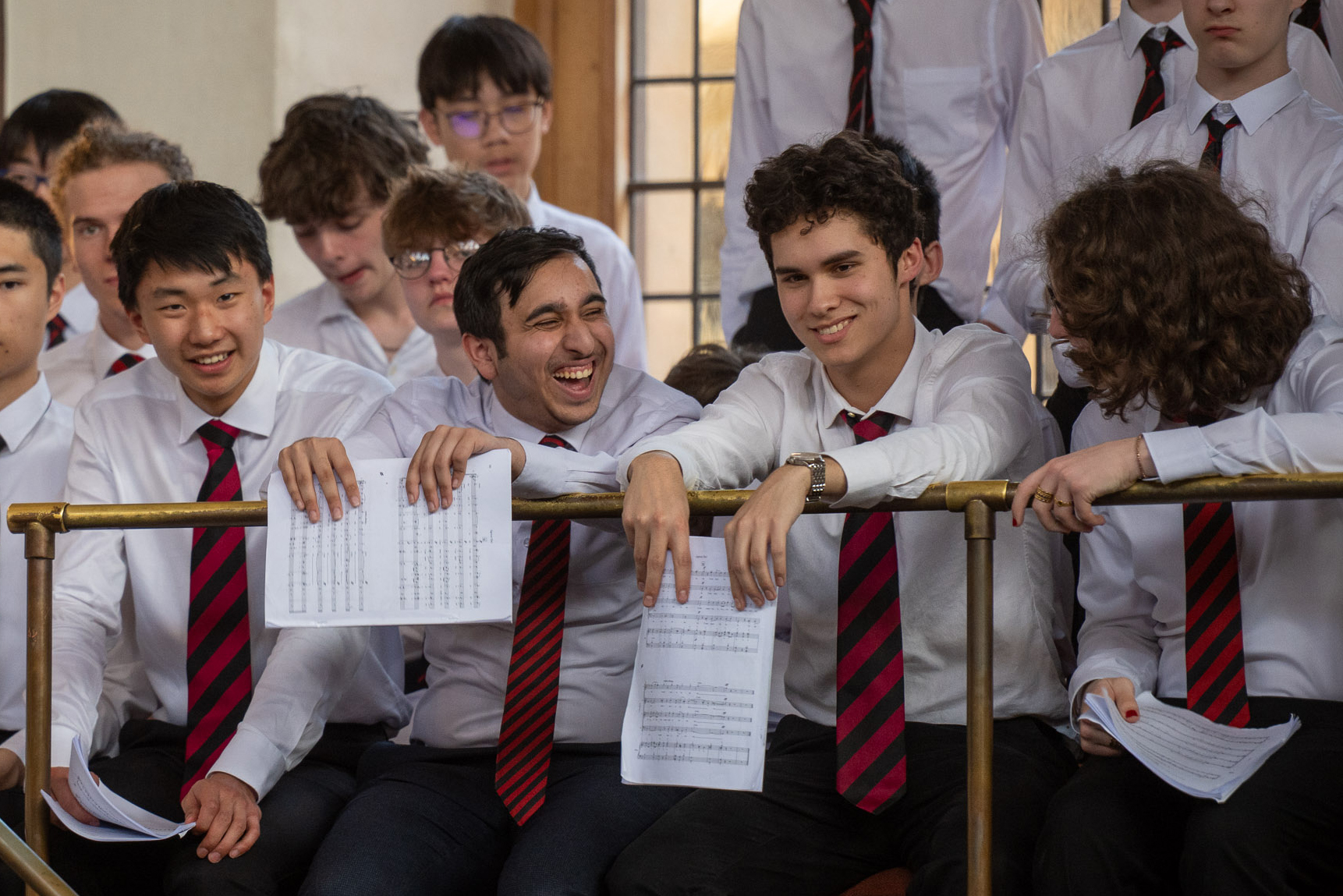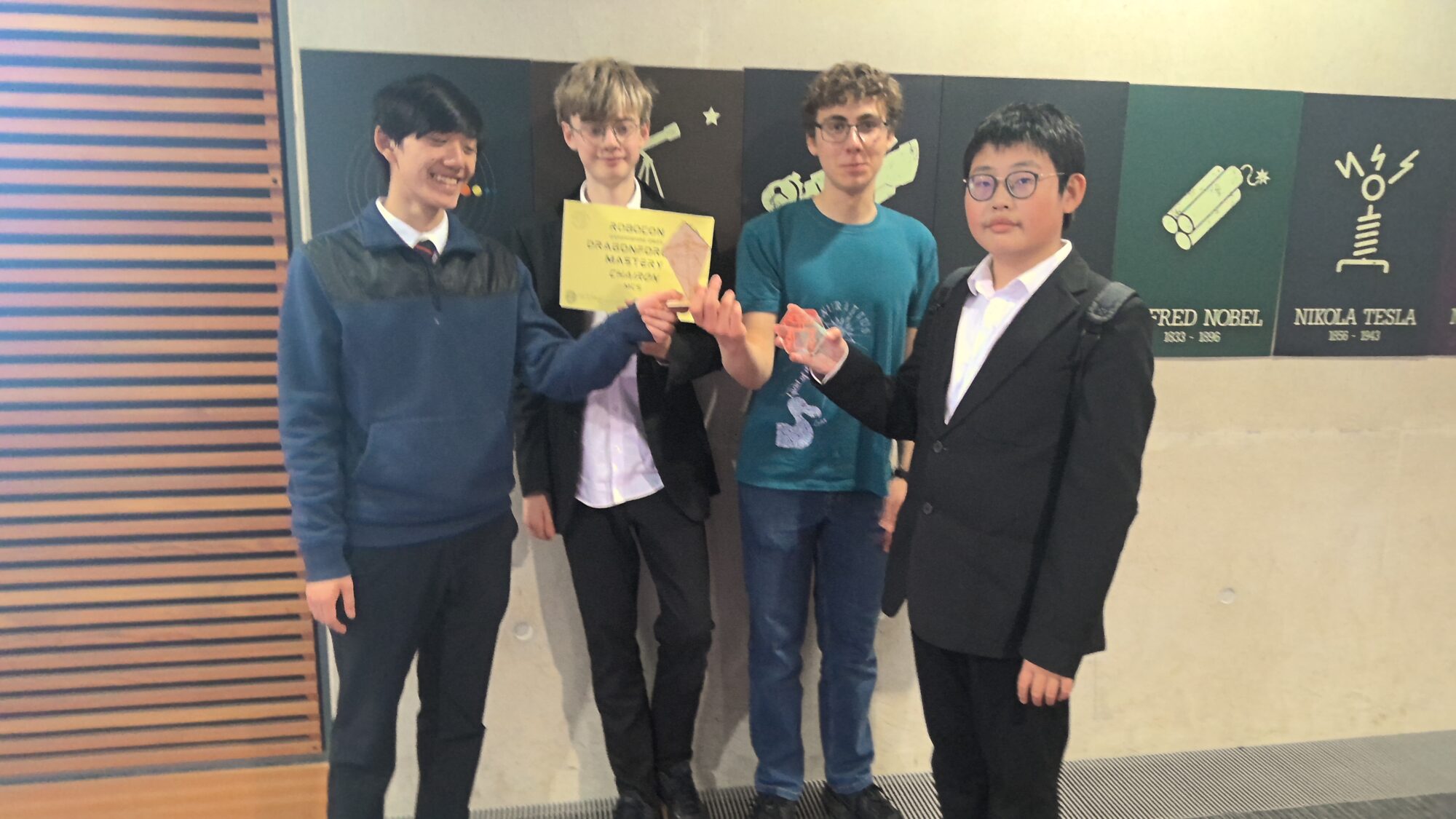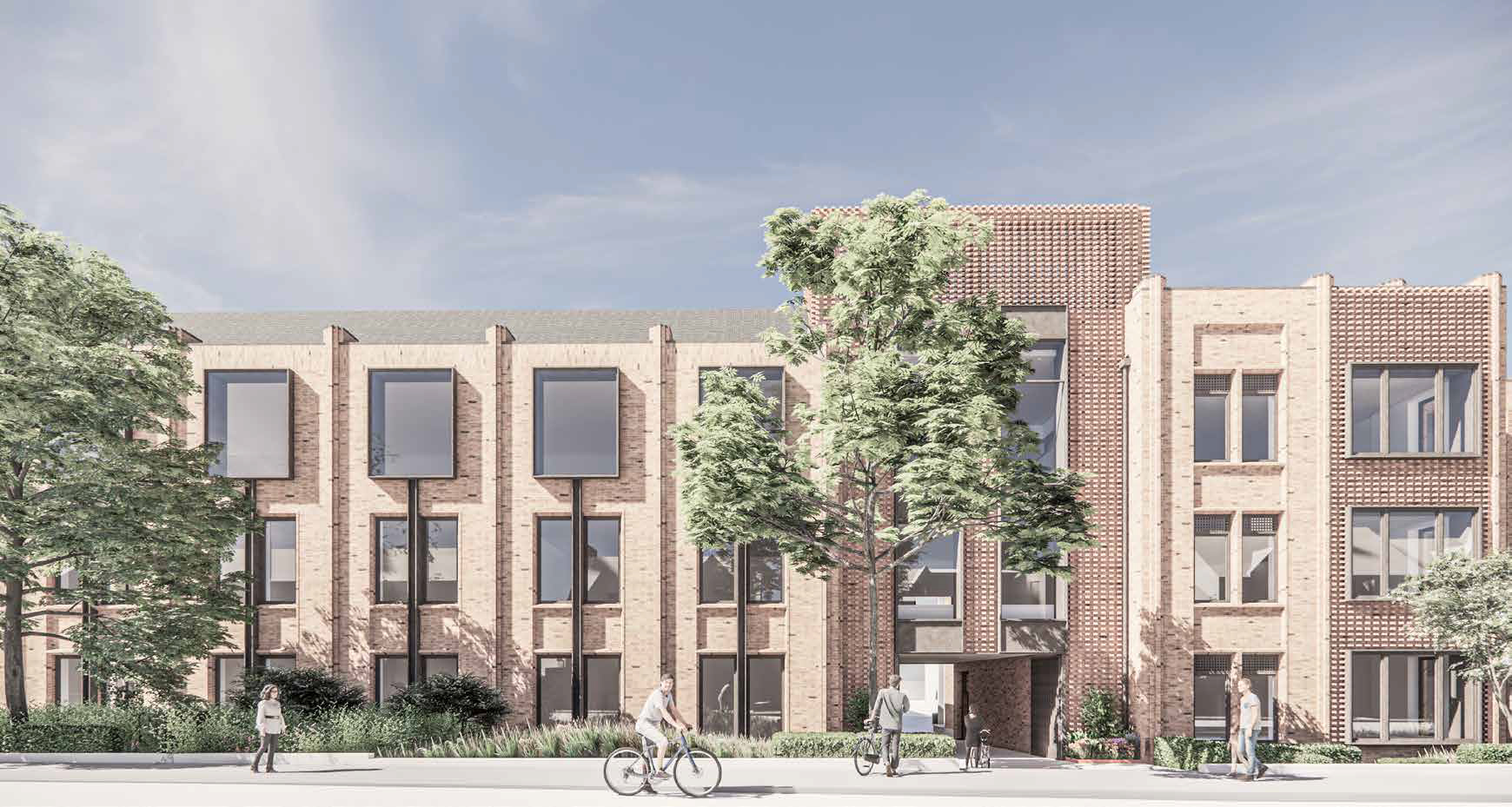Following his death on 10 April 2009 Mary Walker, Ian’s wife, gave us this fascinating insight into his life:
Ian, who was at Magdalen College School during the fifties, went on to complete an apprenticeship at Harwell. Then, after a brief spell working for Plessey Radar on the Isle of Wight, he was recruited by Micro Consultants in Newbury, which later became Quantel. His most notable achievement at Quantel was to set in motion the development of Paintbox, for which he held the original patent. This technological breakthrough made possible all sorts of clever tricks with TV and film.
As a young man, Ian was involved with producing sound and lighting for Oxford Theatre Guild outdoor Shakespeares and shows at the Playhouse. He sang a number of leading Gilbert and Sullivan roles with Newbury Operatic Society, following the example of his father, George Walker, who did the same in Oxford, and also sang with a number of local choirs. Having worked with an organ builder for a time before going to Harwell, Ian was a keen member of the Organists’ Association, visiting different locations in Britain and Europe to look at and to listen to a variety of instruments.
He was also an enthusiastic member of Subterranea Britannica, exploring sites left by the 1939-45 war and the Cold War that followed. In retirement, Ian became involved with the Bombe rebuild project at Bletchley Park and was responsible for the accurate assembly of some 100 commutators, a vital part of the machine which was used to break the German Enigma Code during the Second World War. The Bombe reconstruct is now up and running.
Ian is survived by his wife, Mary, and two daughters: Sarah, an ophthalmologist, Fiona, a novelist, and four grandchildren.
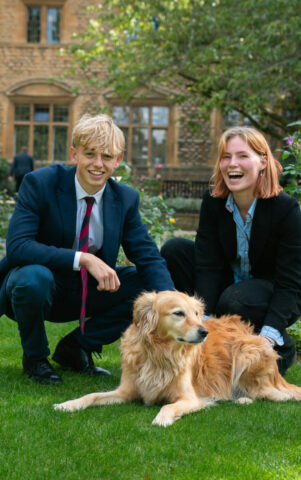 MCS ranks among the top independent secondary schools, and in 2024 was awarded Independent School of the Year for our contribution to social mobility.
MCS ranks among the top independent secondary schools, and in 2024 was awarded Independent School of the Year for our contribution to social mobility.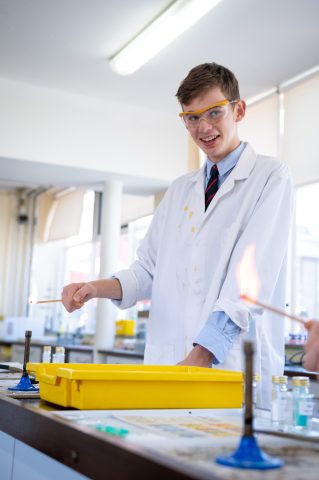
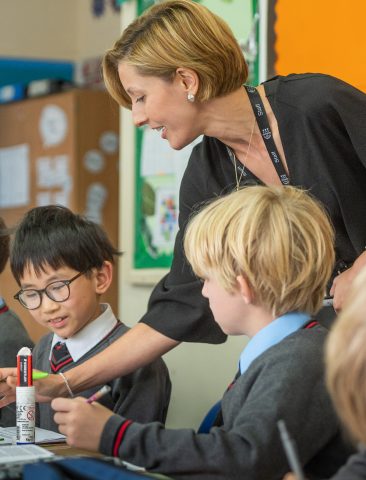
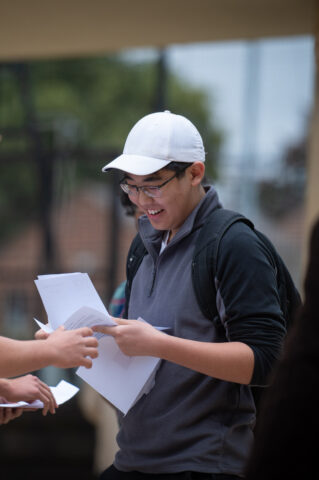 28 of our pupils achieved 10 or more 8 or 9 grades in 2024.
28 of our pupils achieved 10 or more 8 or 9 grades in 2024.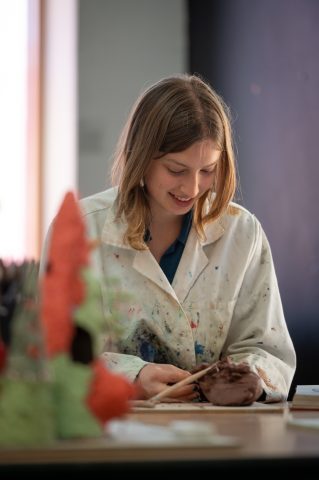
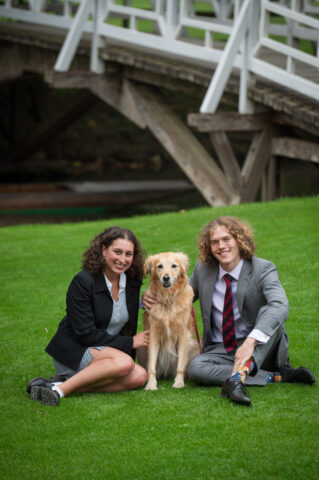 In 2023-24, MCS received over £448,000 in donated funds.
In 2023-24, MCS received over £448,000 in donated funds.